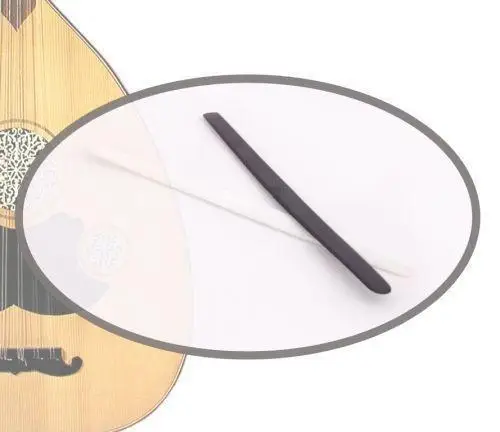

Just wear gloves, file them regularly, and drink lots of water. I’m also a hobby farmer so they get abused and surprisingly I haven’t had many problems with breakages.

Which you choose depends on the sound you want and whether your lifestyle allows for fingernails.įor the record, I’ve used my fingernails almost exclusively since my second year of playing. Flesh of the finger – The warmest sound of all and zero maintenance! Has a sort of loose feel with less precision than a nail or pick.Similar response as a fingernail, but often with a fatter sound due to the thickness of the pick. Picks – A sort of “synthetic nail” made out of plastic or metal.Nails – Provide a crisp, bright attack and precise follow-through.Topping the list of factors is whether you grow out your fingernails or use a pick as opposed to the flesh of your fingers. Sounding an ukulele string is a simple movement, but things that affect it are many. Fingerpicking the Ukulele: Creating the Sound can play straightforward, technically-plain songs (though not easy to play!) and make them sound stunning, evoking emotion in a listener. This is why master musicians like Herb Ohta Jr. In addition to holding rhythm, the right hand portrays subtle tonal variations that breathe life into “simple” music. I also feel like 99% of the time it’s the most under-practiced! (So get yourself a metronome!) In my opinion, timing is THE most important factor in music.

This further adds to the rhythmic hesitation you often hear from beginning players. If you have poor technique, odds are your timing isn’t very good. However, with effort, dedication, and time you’ll be able to fingerpick like a pro.Because picking technique is what starts a note ringing, it’s very closely tied to timing. You shouldn’t expect to learn to play an instrument overnight. Choose the technique that feels comfortable to start with, and then you can move on from there. It is recommended that you try all the techniques before settling on one. There is not an ultimate way you should always follow when fingerpicking. When it comes to fingerpicking itself, there are multiple different techniques. Your fingers are called P, I, M, then A, starting at your thumb and moving towards your ring. Your ukulele strings are called G, C, E, and A strings from top to bottom. The Wrap-Upīefore picking up your ukulele ready to start fingerpicking, you must know what you’re working with. Eventually, after practicing enough, you’ll be a master at fingerpicking. Some notes will sound bad, some notes you’ll miss, and some notes will come out perfectly. The same thing will happen when learning to fingerpick the ukulele. All you need to do is control your fingers to move correctly and at the right time. Take a small break then try again.įingerpicking is not hard, but it is not simple either. Keep practicing even when you feel frustrated that you can’t do it correctly.

Nothing is easy when you’re first learning however, that should never stop you. Now that you know all the different techniques and the names, there’s only one thing left for you to do. Step Three: Practice, Practice, and More Practice Using more or fewer fingers doesn’t guarantee that it’ll be easier or harder to fingerpick your ukulele. You need to practice all the techniques and see which one you’re most comfortable with. Your thumb controls the G strings, your pointer the C string, your middle finger the E string, and your ring finger the A string.ĭo not choose a technique based on what you’ve read alone. When it comes to using three fingers, your thumb controls the G and C strings, you pointer controls the E string, and your middle finger controls the A string. There’s no right or wrong way it depends on personal preference. You could also use your thumb to control the G, C, and E strings. In this technique, your thumb controls the G and C strings, while your pointer controls the E and A strings. It depends on you and which fingers you can control best. You will not find just one technique that everyone swears is the best. Here’s your answer: there are different techniques to fingerpick a ukulele. If you’ve tried to go straight for fingerpicking before doing any research on it, you would have stopped and asked yourself a critical question: Which fingers do I use? The pinky is not named as it is not used when fingerpicking the ukulele. Your pointer is called I, your middle is M, and lastly, your ring is R or A. You also need to know your fingers’ names.


 0 kommentar(er)
0 kommentar(er)
